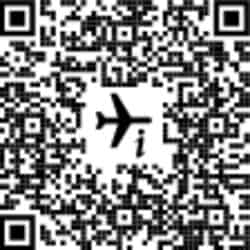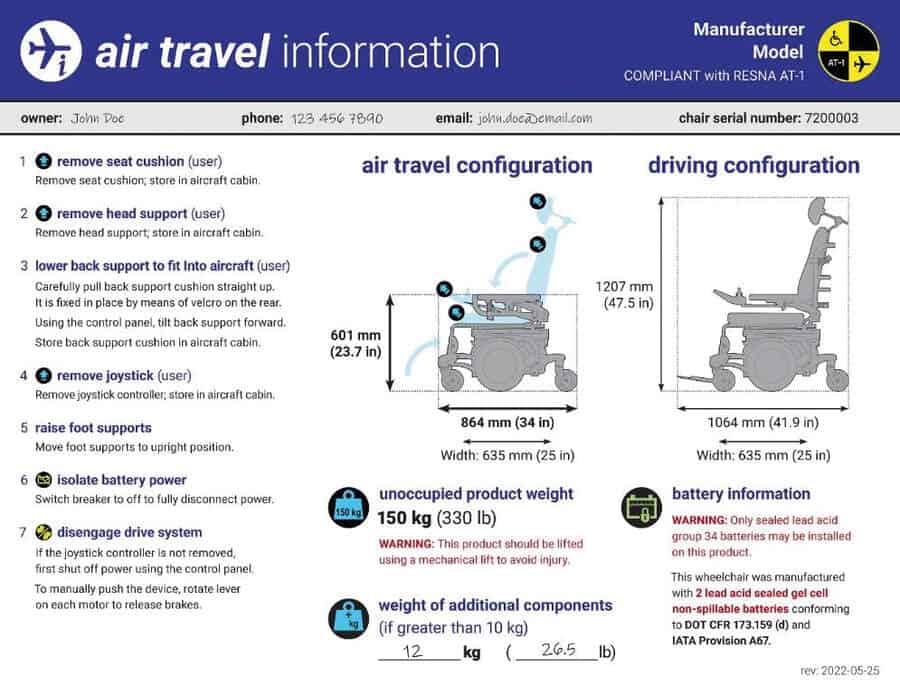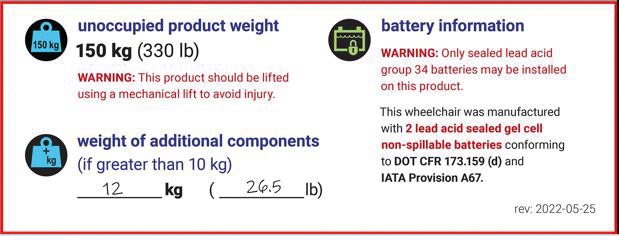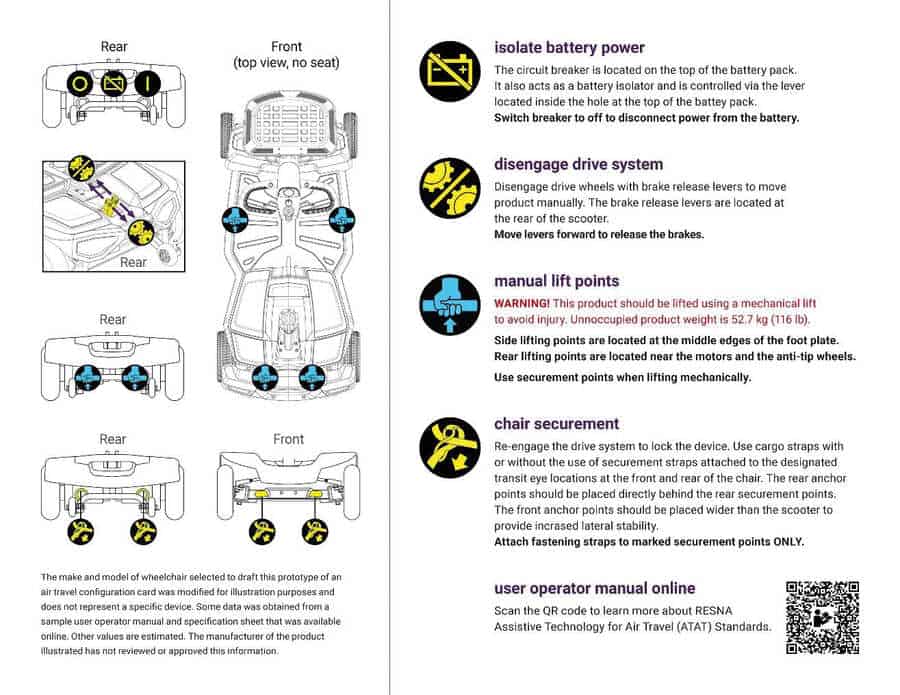Let’s Get It Clear: Travelling by air with a wheelchair part II – Air Travel Configuration Card
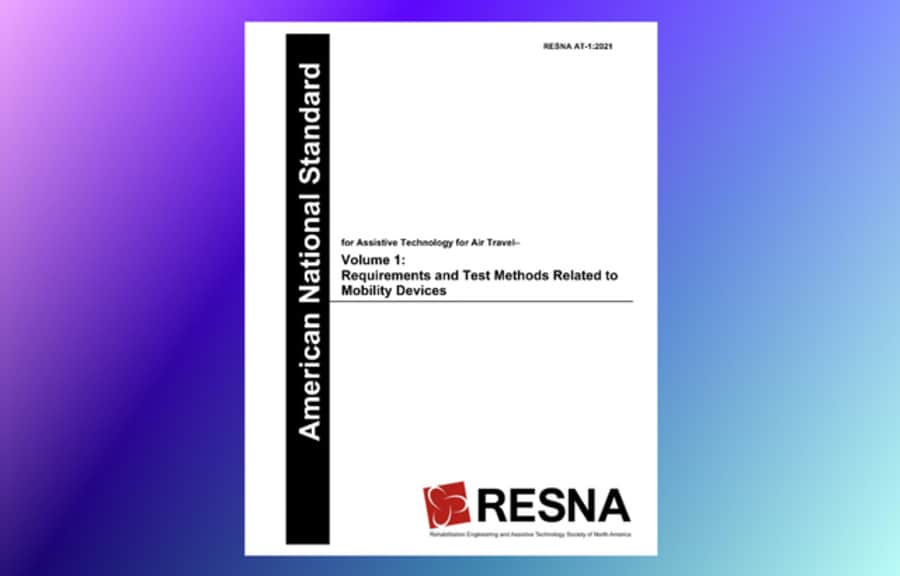
In last month’s Let’s Get It Clear article we reviewed the experience that wheelchair users have when trying to travel by air, and the concerns they have about whether they will see their chair soon after they arrive at their destination, and whether it will have been damaged in transit. A standard has been produced in the US aimed at increasing the likelihood that their chair will be delivered intact. The core of this standard is an Air Travel Configuration Card. This article summarises the key elements of the Card.
link to ATCC
When we board a plane, we are not asked to have our legs removed and placed in the hold of the plane. However, most wheelchair users will be expected to leave their ‘legs’ i.e. their chair in the hands of others while the chair is placed in the hold, and live in hope that it will be returned to them intact at their destination.
Sadly, frequently the chair is not returned intact. To reduce the risk of loss or damage, a series of standards have and are being developed in the USA, the first volume of which concentrates on mobility devices (Figure 1).
This Volume is divided into four sections:
1. Vocabulary and Definitions for Assistive Technology and Air Travel
2. Information and Instructions for preparing Wheelchairs to be Stored and Transported in Commercial Aircraft
3. Handling Procedures for Powered Mobility Devices (PMDs) to be Stored and Transported in Commercial Aircraft
4. Labelling and Design Requirements for Mobility Devices Designed for Stowage and Transport in Commercial Aircraft
The core of Section 4 is the content of an Air Travel Configuration Card (ATCC) (Figures 3 and 6) which is designed to be with the wheelchair, but also accessible online via a QR code on the chair (Figure 2).
There are four key aspects to this card. The first is to provide full name and contact details of the user. The second is that the wheelchair user is expected to remove as many items as possible from the chair (such as seat cushion, head support, joystick, etc) and take those items into the cabin as ‘hand baggage’.
The principle is that if something is ‘removable’ you do not want to risk it coming away in the hands of a baggage handler and being ‘mislaid’. Note that, if an item like a joystick is not removable, then try fitting a hard box, or similar, to place around the joystick to protect it from being damaged.
The third aspect describes activities that the wheelchair user may be able to do when handing over the chair, but also ideally the baggage handlers will have been trained to do, which includes folding up foot supports, isolating battery power, disengaging the drive system, etc. The fourth aspect is to fold the chair into its smallest footprint and configuration, so that it falls within the maximum size (e.g. under a height of 840mm) that can be loaded into an aircraft hold.
Weight and battery information
The front of the ATCC has weight and battery information for baggage handlers’ information and protection (Figure 4). Batteries must be non-spillable, and the following information is required: Number of
batteries; Battery chemistry; Access location; Nominal voltage; Watt-hour rating if Lithium.
The rear of the ATCC (Figure 6) provides information. as to the situation of the battery isolation switch (and if there isn’t one, where the batteries can be unplugged, Figure 5):
Disengaging the drive system

This information is provided on the rear of the ATCC (Figure 7).
Where to lift the chair
The chair should have blue manual lift point labels placed where it is safe and appropriate for the handlers to lift the chair (Figure 8):
Chair securement

The chair should have yellow labels depicting where tie-down strapping can be attached (Figure 9). After attachment, the drive system should be re-engaged.
Conclusion
When travelling by air, no-one can be certain that their baggage will arrive with them and undamaged. Given the significant disruption and inconvenience that lost or damaged luggage can cause, and how catastrophic this can be for the user if related to their wheelchair, it is vital that actions are taken to reduce this risk. Hopefully, now, wheelchair users can improve the odds by following the guidance in the US standard and by making use of the ATCC.
The downside is that this is a US standard and being taken up by US airlines in the US. However, other airports and other airlines are slowly coming aboard as well. Now that the US standard Volume 1 has been published, various wheelchair and scooter manufacturers have been working on creating ATCCs for their chairs, and adding appropriate labelling to the items.
If you are a purchaser or supplier of a chair that is to be used during air travel, then seek out a mobility device that meets the requirements.
Further items can be found at www.beshealthcare.net. If you are interested in receiving further information on the topic, please contact 
Dr Barend ter Haar has been involved in seating and mobility for over 30 years, including lecturing internationally and developing international seating standards.
Click to read more from the ‘Let’s get it clear’ series from Dr Barend ter Haar


